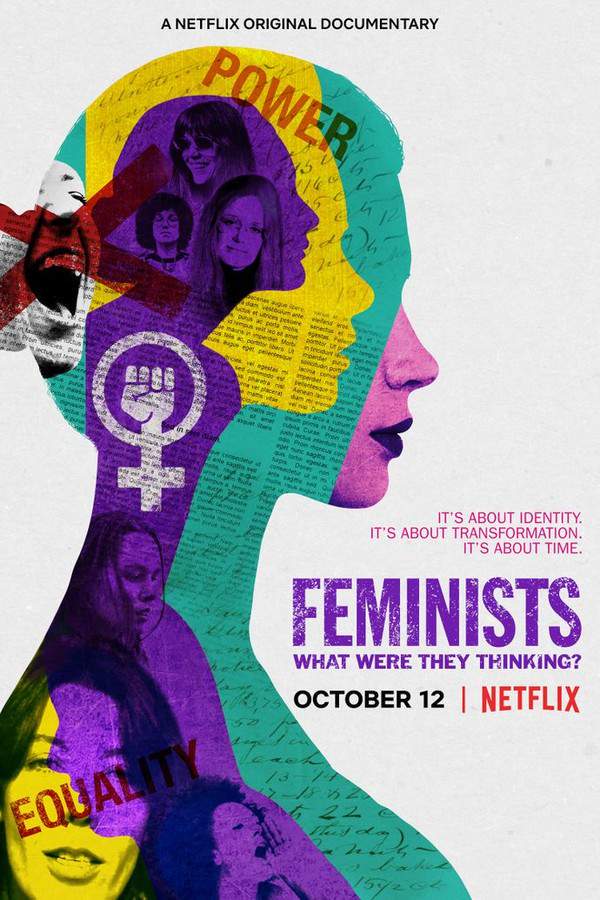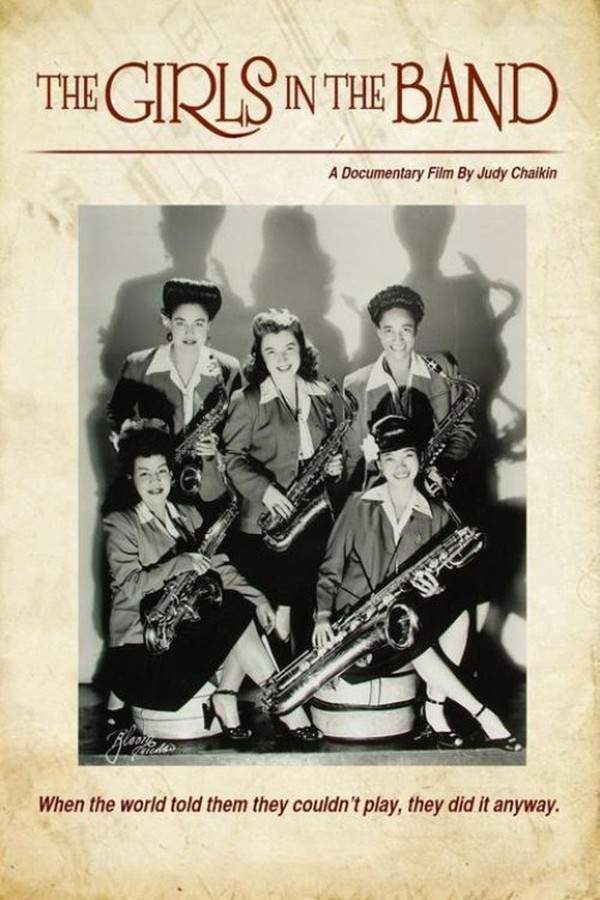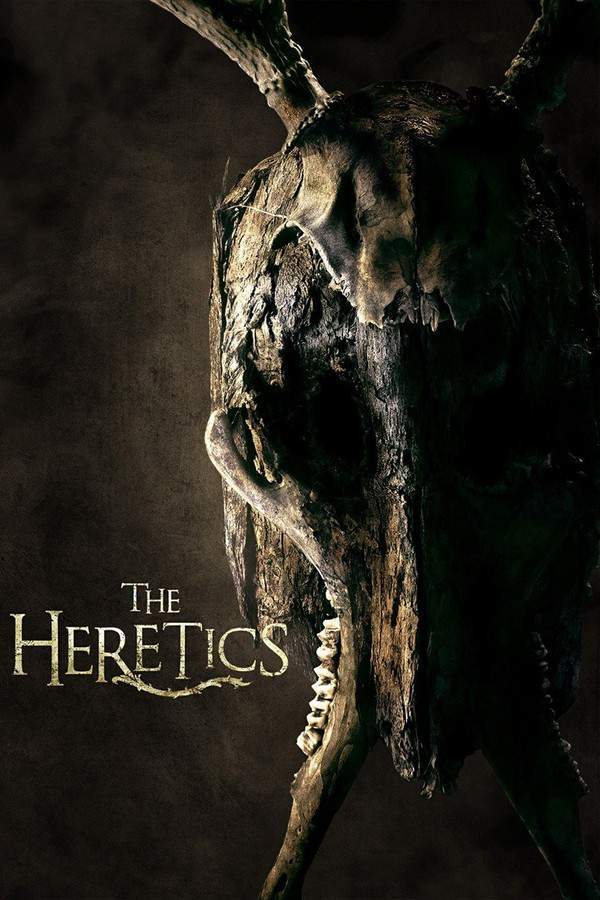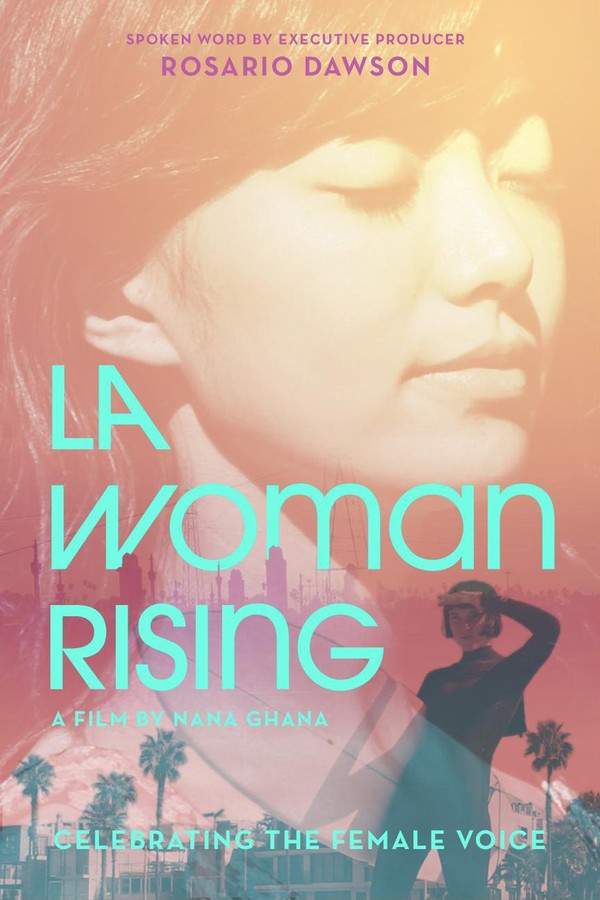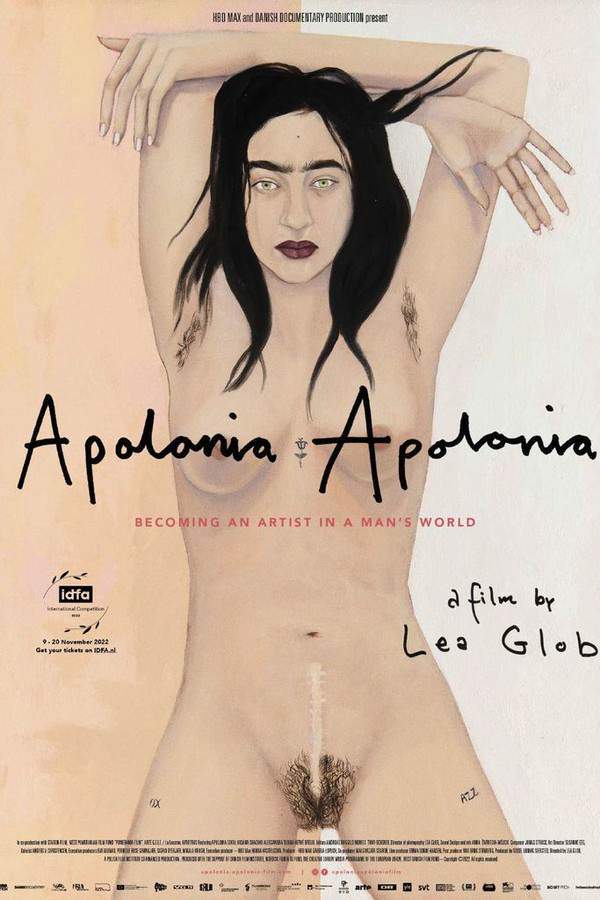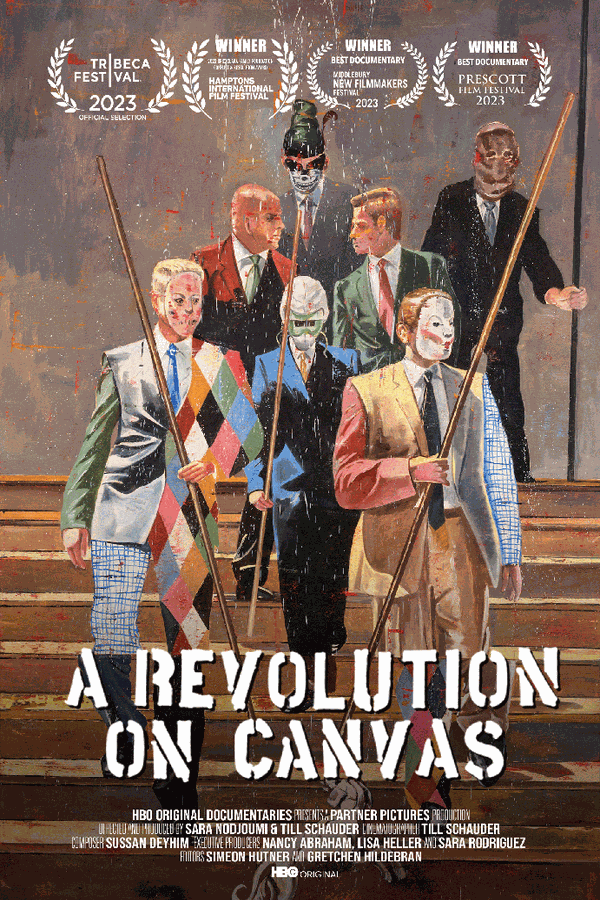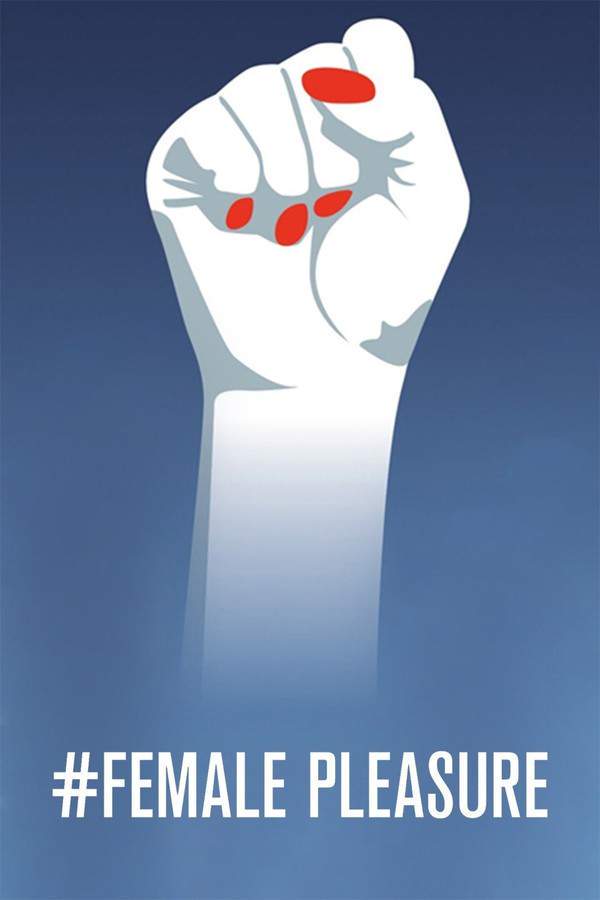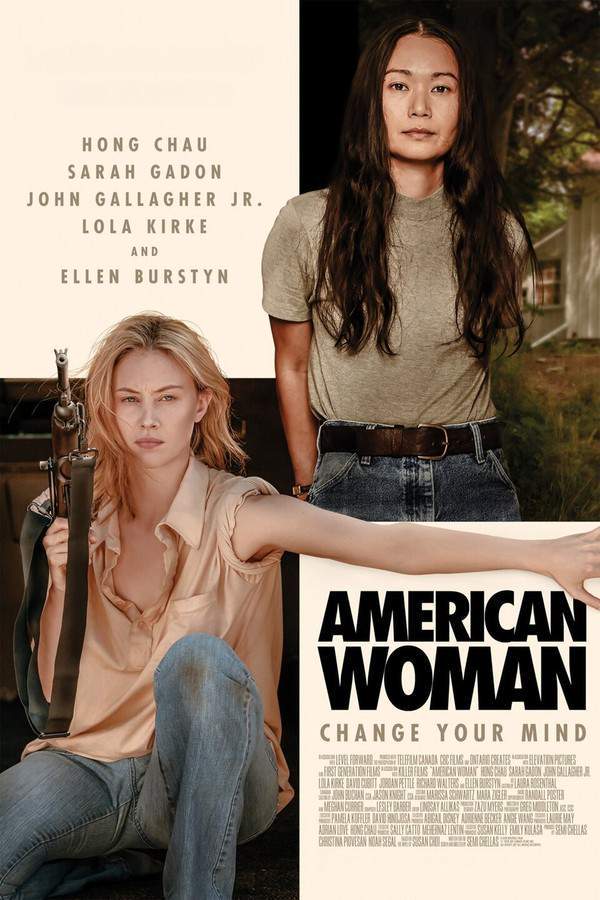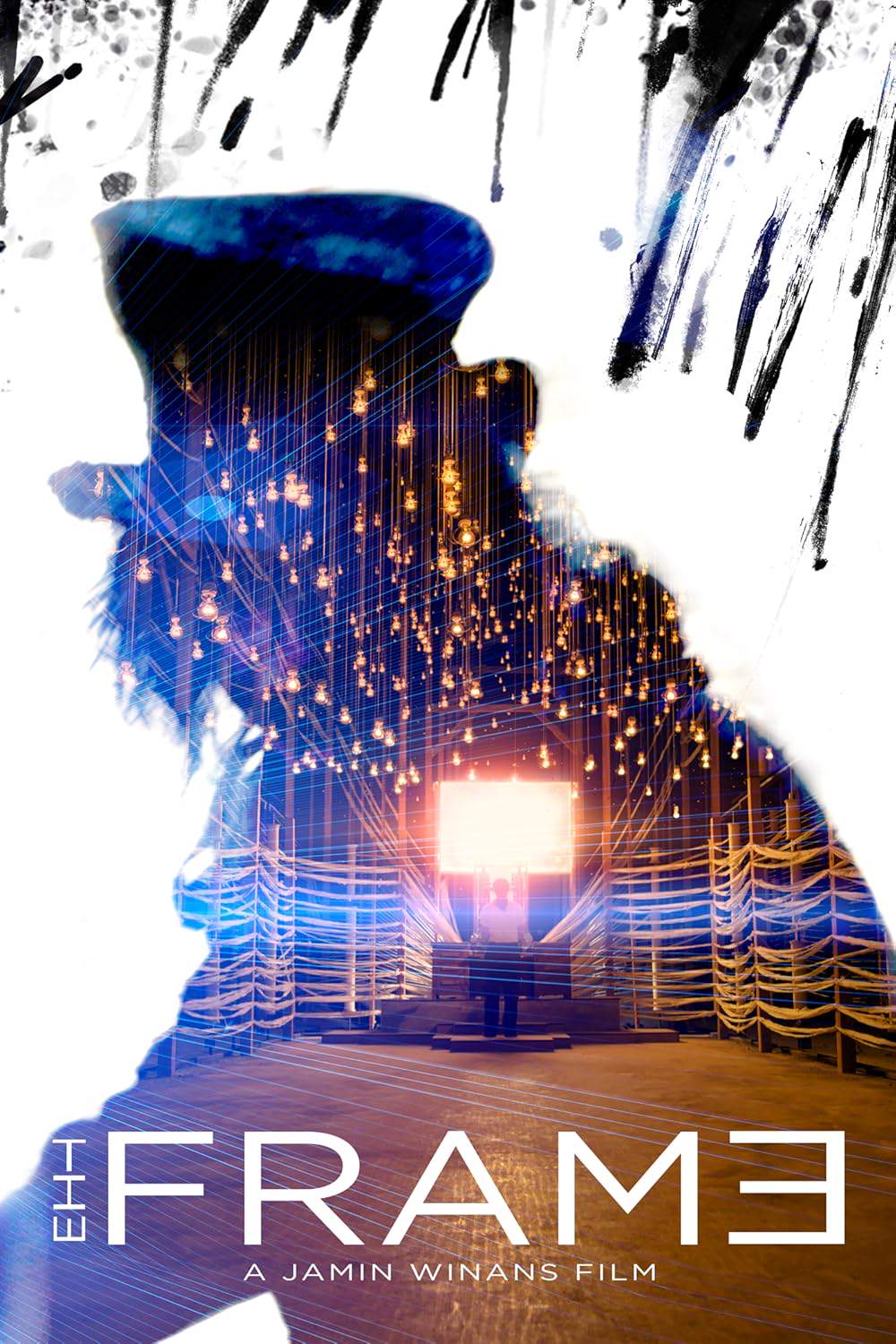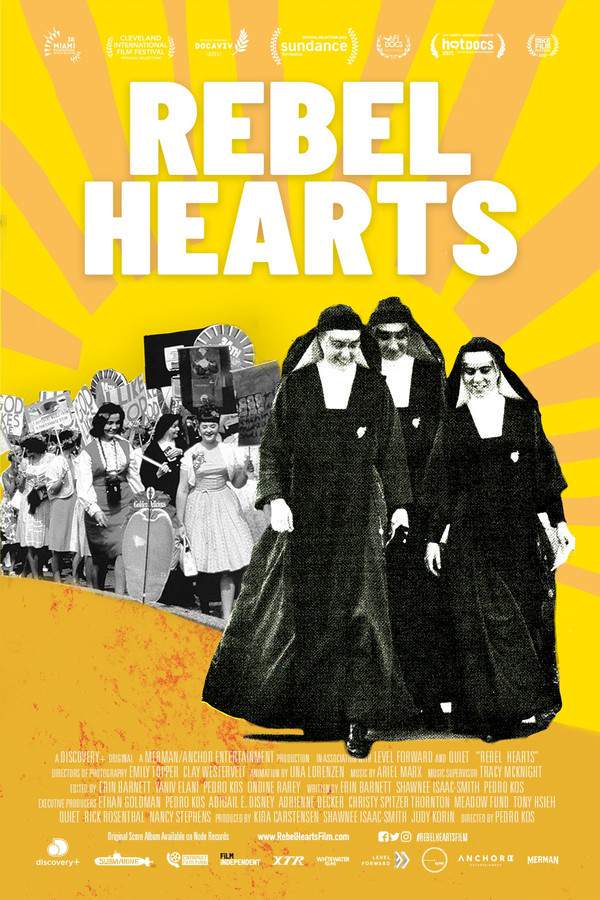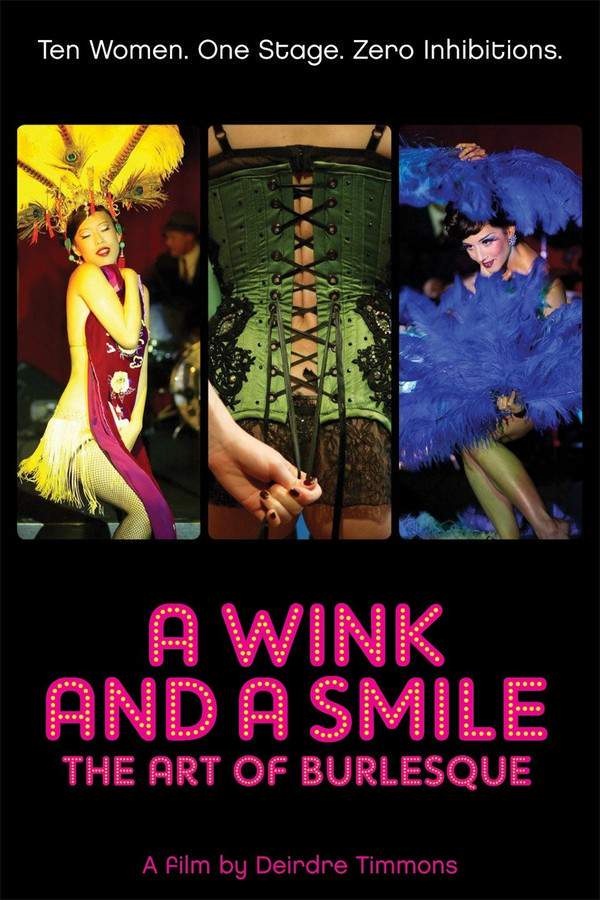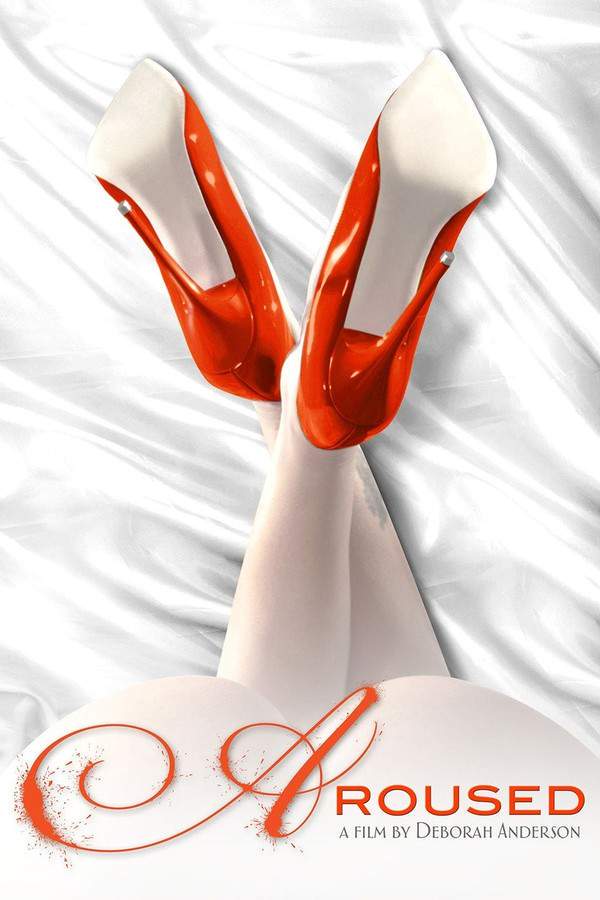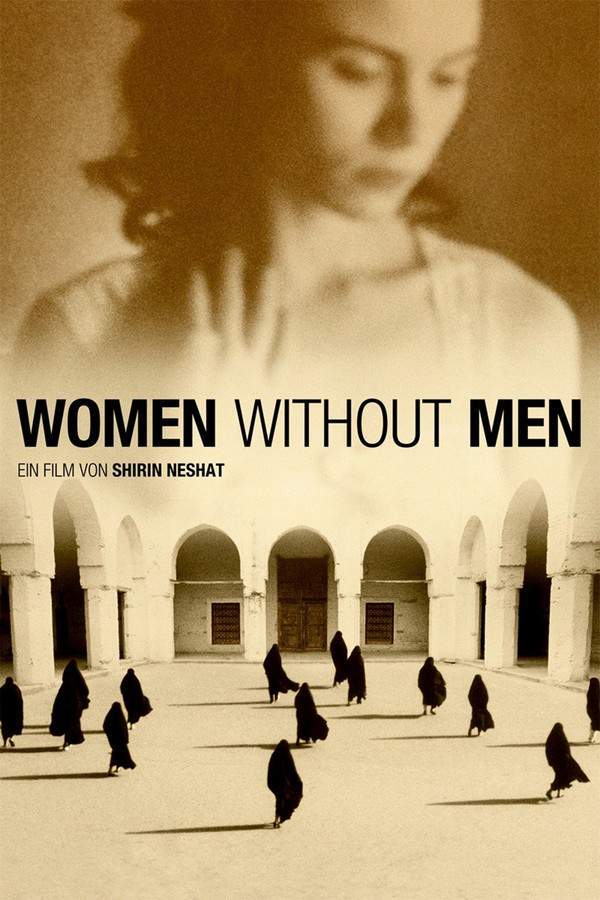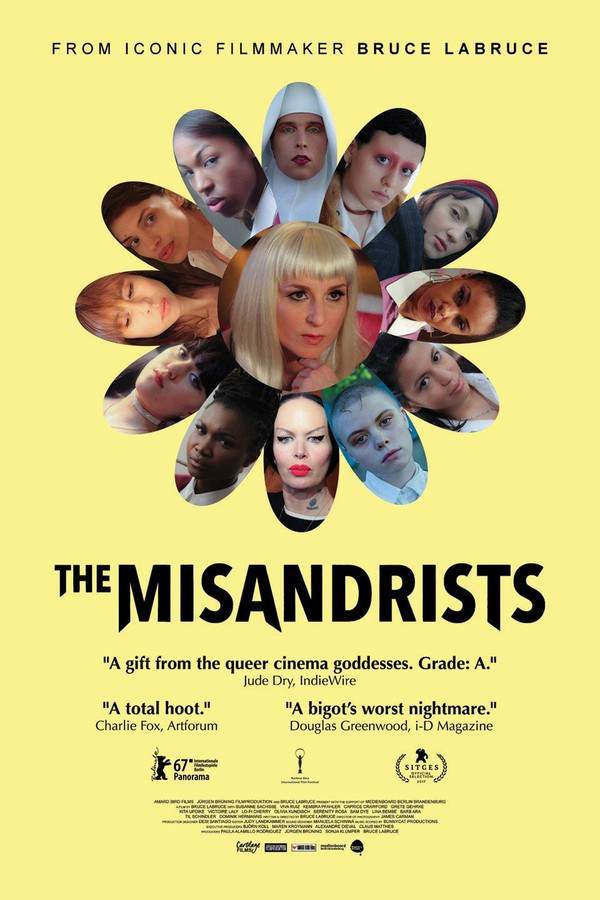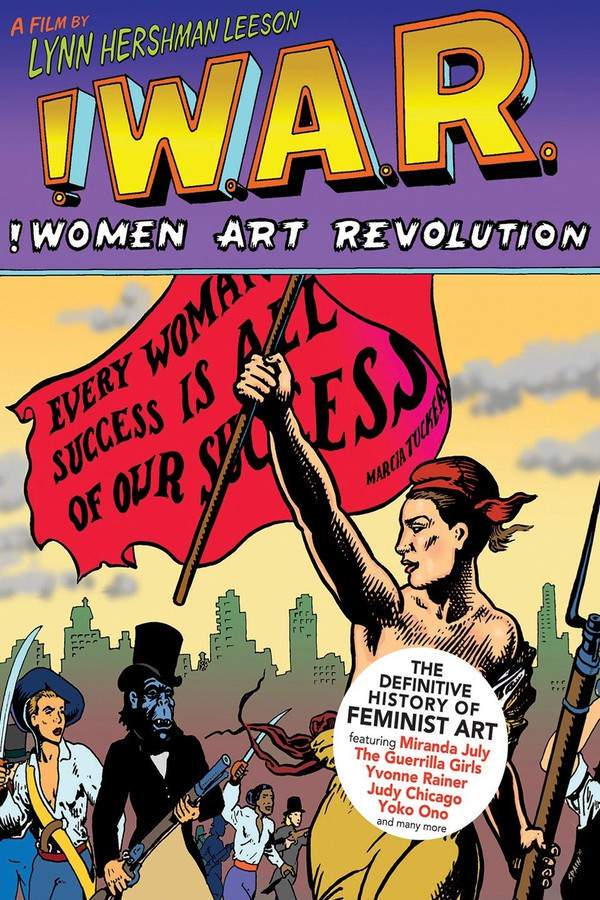
!Women Art Revolution
Year: 2011
Runtime: 83 min
Language: English
Director: Lynn Hershman-Leeson
During the 1960s, a vibrant feminist art movement arose alongside anti-war and civil rights activism. This film chronicles how historical events inspired bold actions against established cultural institutions, as women artists confronted the existing artistic landscape. It examines key developments in women’s art during the 1970s, including innovative educational programs, impactful political activism, alternative exhibition spaces, and groundbreaking shows that fundamentally changed the art world.
Warning: spoilers below!
Haven’t seen !Women Art Revolution yet? This summary contains major spoilers. Bookmark the page, watch the movie, and come back for the full breakdown. If you're ready, scroll on and relive the story!
!Women Art Revolution (2011) – Full Plot Summary & Ending Explained
Read the complete plot breakdown of !Women Art Revolution (2011), including all key story events, major twists, and the ending explained in detail. Discover what really happened—and what it all means.
In the 1960s, a group of dedicated women artists united under the name W.A.R.: Women Artists in Revolution, driven by the frustration that their contributions to art were often overlooked or criticized. Even now, many struggle to name just three prominent women artists. The year was 1968, a pivotal moment where, just after the summer of love, America was embroiled in the Vietnam War, while civil rights, the Black Panthers, and the free speech movements were stirring significant social change at home. The Women’s Liberation movement was gaining significant momentum during this turbulent era.
Among these women was Lynn Lester Hershman, a student at Berkeley, who, fueled by a desire to document the transformative events around her, borrowed a camera to capture the essence of her experiences. Notably, the 1968 Miss America Pageant became a platform for one of the first feminist protests, where activists released a noxious vapor near the beauty pageant runway. Hershman recognized this event as a significant moment where art and politics converged. It marked the beginning of a weeklong series of protests against the Vietnam War through art.
Inspired by movements like the Black Panthers, Judy Cohen-Gerowitz adopted the name Chicago, symbolizing how many women artists felt isolated as they sought acknowledgment for their work. Major art exhibitions were predominantly the realm of white male artists, making it a challenge for women to be seen or heard. The voices that Hershman recorded started to unify into a rhythm that signaled a revolutionary shift.
During this time, Minimalism dominated the art scene, promoting the idea of achieving a purer concept of artistic expression, one that seemed to shy away from political engagement despite the visible societal unrest. Across America, people marched in droves for change, yet artistic expression seemed to remain mute. The need for a new form of art became apparent, and it was against this backdrop that feminism began to establish its foothold in the art world.
With the Kent State incident in 1970 and Nixon’s military actions in Cambodia, artists were increasingly compelled to respond. Performance art evolved, becoming more visceral and direct. Artists like Adrien Piper pushed boundaries with confrontational performances, and Robert Morris took a stand by shutting down his Whitney exhibition in protest. Meanwhile, figures like Robert Rauschenberg and Carl Andre withdrew their works from the Venice Biennale, opting instead to create a Biennale-in-Exile to challenge the all-male lineup. However, the group WSABAL—Women, Students, and Artists for Black Art Liberation—emerged, led by Faith Ringgold and her daughter Michelle Wallace, demanding greater inclusivity.
During this period, women artists responded to exhibitions, projecting images of the lack of diversity on museum walls, using eggs, some painted with “50%”, as symbols of their demands for gender and racial equity. The environment was charged as protests against art shows escalated, like the Los Angeles County Museum’s show featuring predominantly male artists.
A significant moment came with the establishment of A.I.R., the first women’s cooperative gallery in Soho, where women’s works were showcased. In 1970, Judy Chicago initiated the first feminist art program at Fresno State College, which eventually led to a groundbreaking conference at Cal Arts where the work of numerous women artists was shared extensively, facilitating unprecedented exposure on both national and international stages.
Through performance art, women began to carve their own space, exploring this unique and hybrid domain that encouraged radical experimentation. Consciousness-raising sessions started as private discussions among women and blossomed into collective movements focusing on their art—often at the expense of their familial roles and relationships, leading to instances of marital breakdown. The staggering prevalence of sexual violence impelled many to question their traditional roles, and artists began to express their frustrations and rage through their work, experimenting with role-playing and gender-swapping.
From 1973 to 1979, Lynn Hershman assumed the identity of Roberta, navigating life as a fictional character with her own driver’s license and social life, illustrating the complexities of alienation and identity. Hershman’s narrative showcased the fractured experiences of women, encapsulated in the dichotomy of her real and constructed identities.
Race also became a foundational theme in this artistic evolution. Artists like Adrian Piper recounted the complexities of racial identity, while Howardena Pindell shared her painful experiences of segregation in her youth. Conflicts within the feminist movement surfaced, with notable figures like Martha Wilson and Judy Chicago clashing on their artistic approaches and philosophies, revealing the differing political and artistic agendas at play.
By 1972, a group of female art students transformed a vacant Hollywood home into Womanhouse, a revolutionary piece of feminist art. Despite the growth, fractures became evident; Judy Chicago, Arlene Raven, and Sheila de Bretteville capitalized on the energy of the time by forming the Feminist Studio Workshop. This institution served as a pivotal space for burgeoning feminist art as the Equal Rights Amendment approached a critical vote, showcasing the steadfast determination of women artists to reshape their narrative.
With feminist performance art keenly scrutinized, artists like Martha Rosler highlighted the societal standards imposed upon women, while Eleanor Antin defied stereotypes by displaying nude photographs of herself, confronting the prevalent body ideal. Other artists like Ana Mendieta used visceral imagery to convey their feelings about violence against women, transforming their bodies into instruments of expression.
The media’s portrayal of women, often idealized and superficial, faced significant challenges from these artists. Lynn Hershman’s own recordings captured experiences many preferred to overlook. By crafting fictional critics to promote her work, she forged a path for feminist discussion in art criticism. Judy Chicago’s iconic “The Dinner Party” became a landmark piece representing women of achievement in Western civilization, showcasing the many voices seeking representation.
As the 1980s arrived, feminism faced setbacks marked by political shifts and cultural resistance, including Ronald Reagan’s presidency affecting feminist progress. The Museum of Modern Art’s 1984 exhibition starkly reflected the ongoing exclusion of women and artists of color, provoking the Guerilla Girls to take action. They utilized humor and anonymity to call attention to the inequities in the art world, criticizing the systemic biases they faced.
As the art community confronted these disparities, figures like Marcia Tucker emerged as curators aiming to challenge conventional standards. Despite facing personal and professional hurdles, her efforts continued to highlight women artists. The tragic fall of Ana Mendieta, coupled with the silence from the feminist community, showcased the contentious intersection of art, gender, and power.
The Women’s Action Coalition became a formidable advocate for feminist artists, protesting notable institutions like the Guggenheim for their lack of diversity in exhibitions. Significant shows like “Bad Girls” brought humor to feminist discussions, yet also highlighted the internal strife within the movement. As frustrations mounted, scholars like Dr. Amelia Jones noted the feminist movement’s struggles to create lasting changes in the art world.
Ultimately, Lynn Hershman revealed that the documentary was just a glimpse of the extensive footage she had amassed over the years, a reflection of the larger, yet unresolved questions posed since the 1970s. After a powerful career, Marcia Tucker reestablished herself with the New Museum, providing an essential space for contemporary art. The efforts of the Hollywood Women’s Political Committee, alongside the advocacy of the Women’s Action Coalition, led to significant victories. Notably, exhibitions such as WACK! Art and the Feminist Movement emerged, striving to rectify historical accounts of women in art and ensuring their stories were told.
As Hershman articulated, the timeline portrayed in her documentary is interwoven with her own artistic journey, illustrating how the groundwork laid by early feminist artists continues to influence women in the arts today. The value of this history remains undeniable, as modern women artists draw inspiration from the struggles and triumphs that have shaped their paths.
Last Updated: May 12, 2025 at 07:04
Unlock the Full Story of !Women Art Revolution
Don't stop at just watching — explore !Women Art Revolution in full detail. From the complete plot summary and scene-by-scene timeline to character breakdowns, thematic analysis, and a deep dive into the ending — every page helps you truly understand what !Women Art Revolution is all about. Plus, discover what's next after the movie.
!Women Art Revolution Timeline
Track the full timeline of !Women Art Revolution with every major event arranged chronologically. Perfect for decoding non-linear storytelling, flashbacks, or parallel narratives with a clear scene-by-scene breakdown.

Characters, Settings & Themes in !Women Art Revolution
Discover the characters, locations, and core themes that shape !Women Art Revolution. Get insights into symbolic elements, setting significance, and deeper narrative meaning — ideal for thematic analysis and movie breakdowns.

Similar Movies to !Women Art Revolution
Discover movies like !Women Art Revolution that share similar genres, themes, and storytelling elements. Whether you’re drawn to the atmosphere, character arcs, or plot structure, these curated recommendations will help you explore more films you’ll love.
Explore More About Movie !Women Art Revolution
!Women Art Revolution (2011) Scene-by-Scene Movie Timeline
!Women Art Revolution (2011) Movie Characters, Themes & Settings
!Women Art Revolution (2011) Spoiler-Free Summary & Key Flow
Movies Like !Women Art Revolution – Similar Titles You’ll Enjoy
Feminists: What Were They Thinking? (2018) Film Overview & Timeline
The Girls in the Band (2013) Complete Plot Breakdown
The Heretics (2009) Full Summary & Key Details
LA Woman Rising (2019) Plot Summary & Ending Explained
Apolonia, Apolonia (2024) Detailed Story Recap
A Revolution on Canvas (2023) Spoiler-Packed Plot Recap
#Female Pleasure (2019) Full Summary & Key Details
American Woman (2019) Full Movie Breakdown
Lipstick & Dynamite, Piss & Vinegar: The First Ladies of Wrestling (2005) Film Overview & Timeline
Breaking the Frame (2014) Plot Summary & Ending Explained
Rebel Hearts (2021) Movie Recap & Themes
A Wink and a Smile (2009) Complete Plot Breakdown
Aroused (2013) Full Summary & Key Details
Women Without Men (2010) Movie Recap & Themes
The Misandrists (2018) Detailed Story Recap



